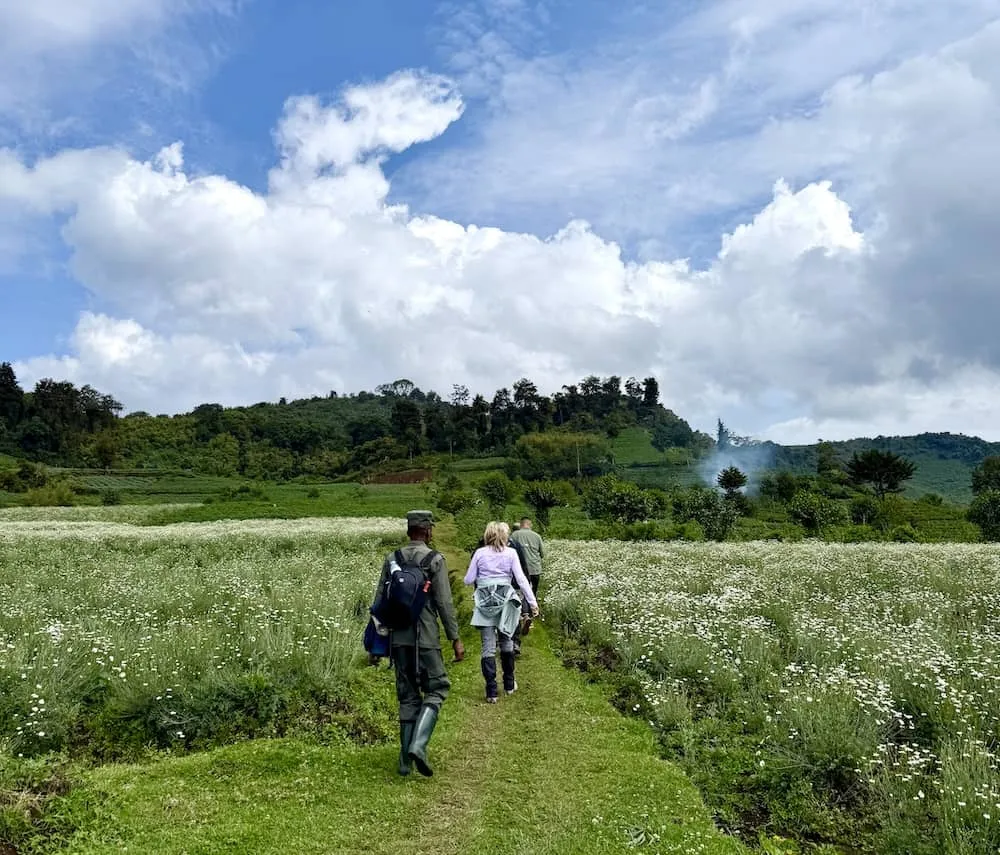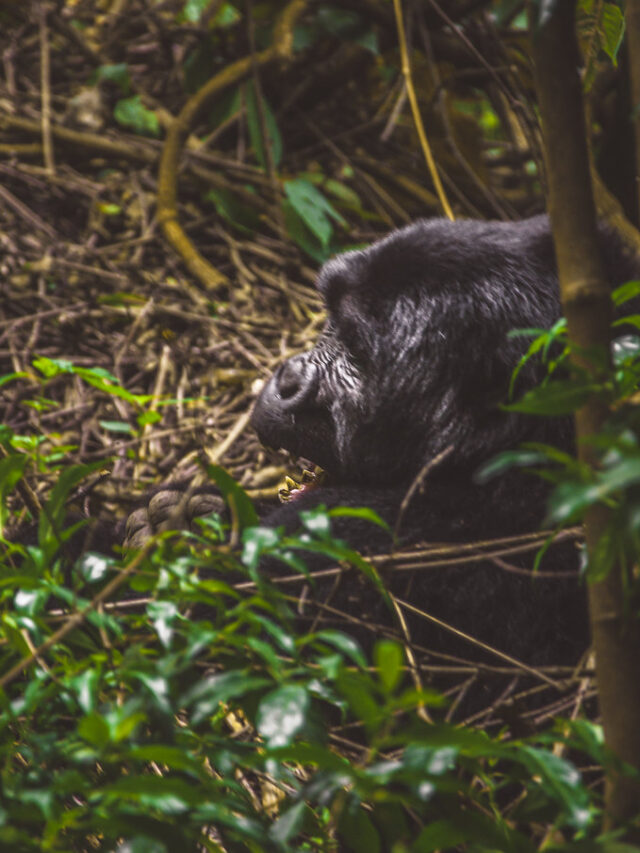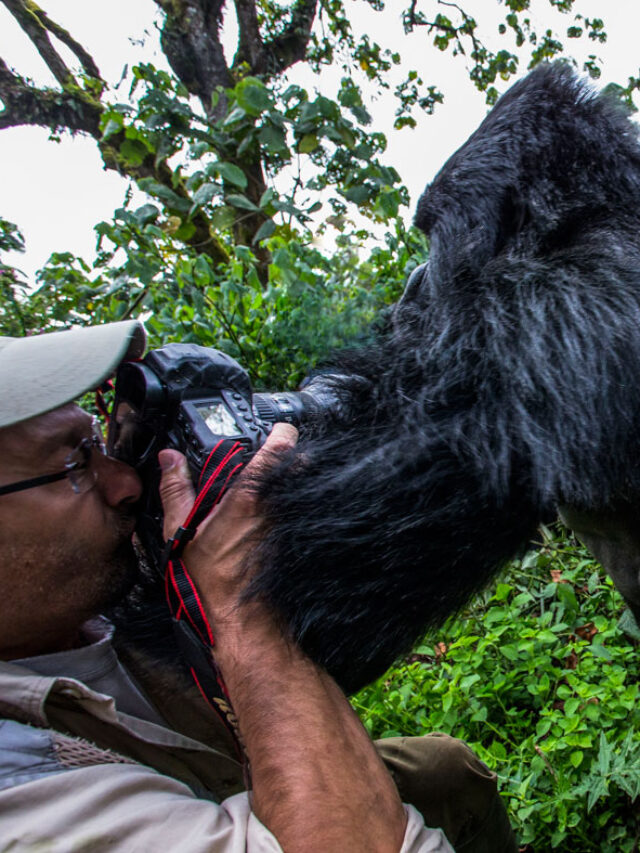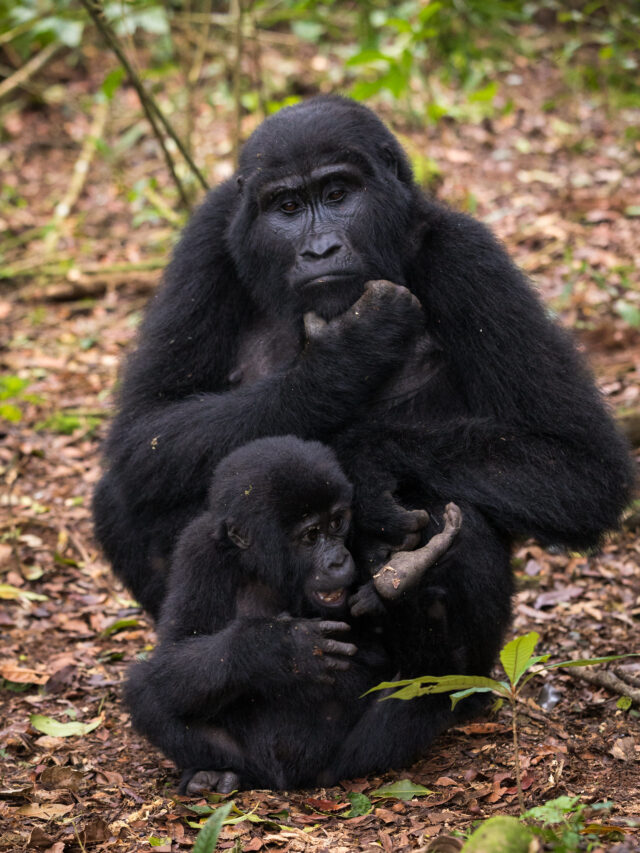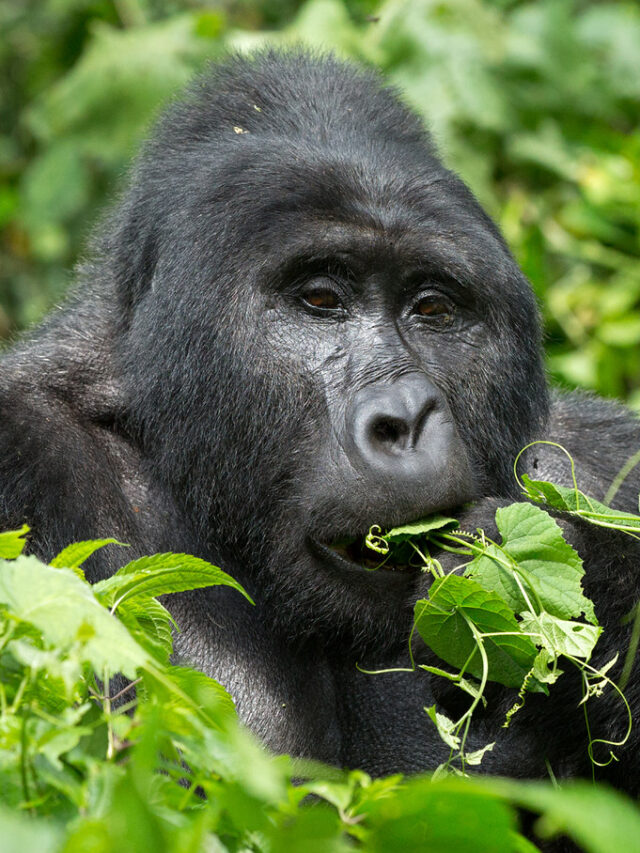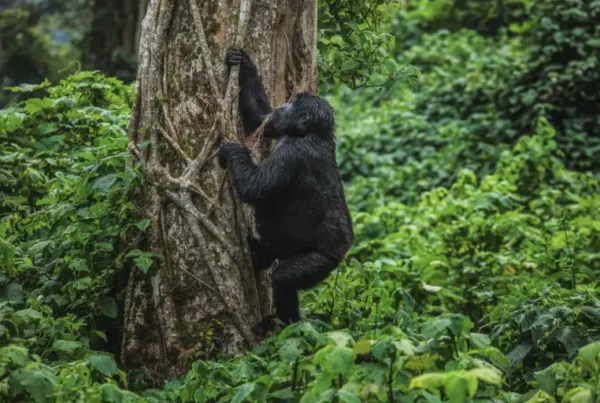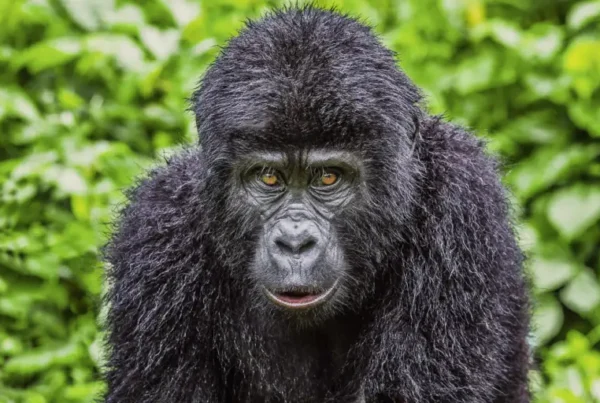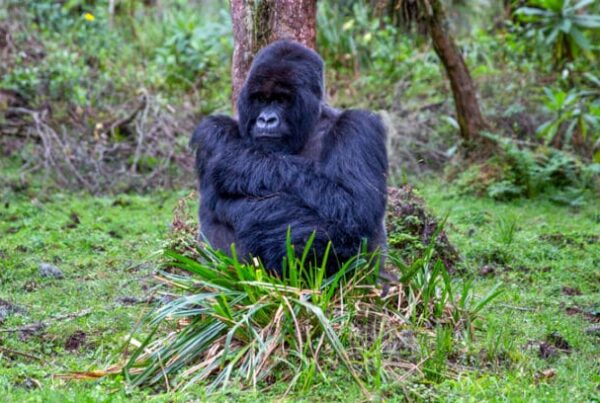Gorilla Trekking the Silverback in Uganda from Chile – A Complete Guide to the Experience of a Lifetime
A Dream Beyond the Andes – Why Uganda Captures the Chilean Spirit
Gorilla Trekking the Silverback in Uganda from Chile — For many travelers in Chile, the idea of trekking deep into the African jungle to stand face-to-face with a Silverback gorilla seems like a dream—distant, exotic, and almost mythical. We’re a nation of nature lovers, raised among the peaks of the Andes, the mystery of Rapa Nui, and the untouched beauty of Patagonia. But even those rich landscapes can’t prepare you for the intensity and raw beauty of encountering wild mountain gorillas in Uganda. This journey is not just about travel—it’s about witnessing one of Earth’s rarest wildlife spectacles and doing so with meaning, intention, and conservation in mind.
Starting from Chile – Flights, Visas, and Planning the Route
Flying from Chile to Uganda involves at least one major connection, often through Europe (Madrid or Amsterdam), the Middle East (Doha or Dubai), or Africa (Addis Ababa or Nairobi). From Santiago (SCL), expect around 22 to 30 hours of total travel time before landing in Entebbe International Airport (EBB), Uganda’s main gateway.
As Chilean citizens, you’ll need a tourist visa to enter Uganda. The easiest way is through Uganda’s official e-visa portal, where you apply online before your trip. It’s recommended to apply at least 2–3 weeks in advance. Additionally, a yellow fever vaccination certificate is mandatory upon entry, and it’s wise to consult with a travel doctor about malaria prevention, especially since gorilla trekking takes place in forested regions.
Choosing the Right Gorilla Trekking Destination in Uganda
Uganda offers two stunning locations for gorilla trekking: Bwindi Impenetrable National Park and Mgahinga Gorilla National Park. Both are located in the southwestern region of the country near the borders of Rwanda and the Democratic Republic of Congo.
Bwindi, the more popular and diverse of the two, is home to almost half of the world’s remaining mountain gorillas. It’s divided into four trekking sectors: Buhoma, Ruhija, Rushaga, and Nkuringo—each offering different habituated families and landscapes. If you’re planning from Chile, you may want to choose a sector based on the lodge availability and the physical intensity of the trek, as some routes are steeper than others.
Booking Your Gorilla Trekking Permit – What Chilean Travelers Must Know
To see the gorillas, a permit is required, which costs USD 800 for international travelers (as of 2025). This fee goes directly toward conservation, anti-poaching patrols, community development, and ensuring the gorillas remain protected. Permits should be booked at least 4–6 months in advance, especially if you’re visiting during peak season (June to August or December to February).
You can book permits directly through the Uganda Wildlife Authority (UWA) or, more easily, through a trusted local tour operator who can also arrange your full trekking package, including transport, accommodation, and guiding.
The Trekking Day – From Lodge to the Silverback
Your day starts early, often around 6:30 AM. You’ll be briefed by Uganda Wildlife Authority rangers who assign groups based on fitness level and gorilla family tracking location. From there, you enter the jungle, hiking through thick vines, slippery trails, and steep hills for anywhere between 30 minutes and 6 hours—until you find them.
And then, there he is: the Silverback. The dominant male. The guardian of the family. Seeing him in his natural environment is indescribable. He may be sitting, feeding, observing, or interacting with juveniles. You get one hour to observe and photograph the gorillas—a short time, yet enough to change your view of the wild forever.
Language and Culture Tips – From Spanish to Swahili and Luganda
Ugandans are friendly and incredibly hospitable. While English is widely spoken, especially in tourism, you’ll hear local languages like Luganda and Swahili. If you’re a Spanish speaker from Chile and don’t speak fluent English, it’s best to arrange for a bilingual guide ahead of time. Many tour companies can provide Spanish-speaking guides upon request with advance notice.
Culturally, greetings are important, and dressing modestly is appreciated, especially in rural areas. Ugandans are eager to share their culture, and you’ll likely walk away with stories, songs, and laughter along the way.
Cost Overview – Budgeting from Chile
The total cost of gorilla trekking from Chile depends on the type of experience you want. On average, here’s what to expect:
International Flights: USD 1,400–2,000 round trip from Santiago
Visa & Vaccinations: ~USD 100
Gorilla Permit: USD 800
Mid-range Safari Package (3–4 days): USD 1,200–2,000 (includes transport, guide, lodging, meals)
This means your total trip could range from USD 3,000 to 4,500, depending on travel style. While not cheap, it is an investment in a once-in-a-lifetime experience and global conservation.
When to Go – Best Seasons for Gorilla Trekking
For the most comfortable trekking conditions, visit between June and September or December to February. These are Uganda’s dry seasons, offering clearer trails and better visibility for photography. However, because Uganda is near the equator, rain is possible year-round—so pack waterproof gear regardless of the month.
A Message to Chilean Travelers – Why Now is the Time
There’s a spirit in Chilean travelers—a love of exploration, a connection to nature, and a deep respect for wild places. Gorilla trekking in Uganda awakens all of that. It’s not just a journey to see wildlife. It’s a pilgrimage. It reminds you that we share this planet with majestic creatures, and that by visiting responsibly, we can protect them.
From Santiago to Bwindi, the path may be long—but every hour, every mile, every step leads to a moment so powerful, so humbling, that it will live in your memory forever.
The Silverback is waiting—and this might just be the year you answer the call.

